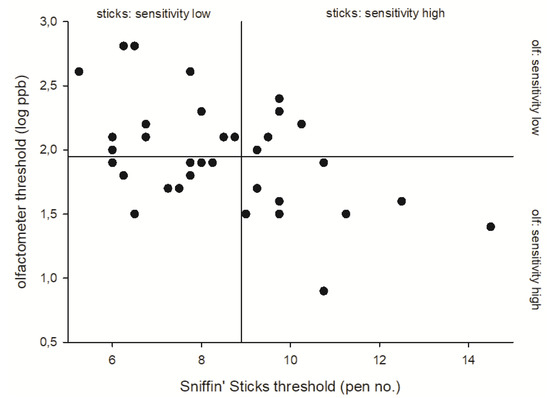

7 Dehydration of green beans using ultrasound‐assisted vacuum drying as a novel technique: drying kinetics and quality parameters.6 GSDS 2.0: an upgraded gene feature visualization server.4 Migration of phthalates from soft PVC packaging into shower and bath gels and assessment of consumer risk.

They found a CAT value of 0.631 sodium for the flavor attribute, 0.630 for aroma, 0.601 for overall impression and 0.482 for texture. 3 A New Validated HPLC Method for the Determination of Quercetin: Application to Study Pharmacokinetics in Rats (2019) used the Hedonic Threshold Methodology to determine the directional hedonic thresholds (aroma, texture, taste and overall impression) when varying only the sodium content stimulus in hamburger.2 Polycaprolactone fiber meshes provide a 3D environment suitable for cultivation and differentiation of melanocytes from the outer root sheath of hair follicle.1 Use of textile dyeing technology to create an infection‐resistant functionalized polyester biomaterial.Thus, the methodology can undoubtedly be applied for the intended purpose. Reliability of the HRT results was confirmed when HTM validation was performed. The HTM is a recently proposed methodology therefore, the reliability of the values of the hedonic rejection threshold must be validated, calculated via the HTM. The hedonic thresholds methodology (HTM) has numerous applications, including the application of a more severe thermal treatment to obtain greater microbial or enzymatic inactivation, the determination of food shelf life based on its sensory acceptance, the reduction of specific, expensive ingredients in food formulations, reduction of ingredients that are harmful to health when consumed in excess (e.g., sucrose, sodium, and fat), determination of the maximum “defect” threshold that may be present in food and others. It was therefore concluded that the HRT determination methodology satisfactorily met the analytical performance criteria evaluated, therefore generating reliable results. The results of seven experiments demonstrated that the methodology possesses high repeatability, intermediate precision and robustness, and satisfactory accuracy and reproducibility. Methodology of hedonic thresholds varying more than one sitmulus: application in reducing sodium chloride in crackers. In order to do so, the analytical performance indices of precision (repeatability, intermediate precision, and reproducibility), accuracy and robustness for the results for the HRT calculation were measured. Thus, this study sought to validate this new methodology when used to calculate the HRT. For a new methodology to be accepted by the scientific community, its ability to produce reliable results must be demonstrated. The hedonic threshold methodology is a recently proposed methodology therefore, given the differences in the way consumers use scales and the type of response obtained, it is necessary to investigate whether hedonic thresholds are influenced by the use of different scales.The hedonic thresholds methodology was recently proposed which allows for determination of two new sensorial thresholds, the compromised acceptance threshold and the hedonic rejection threshold (HRT). Quality sensory measurements are increasingly required, given that unreliable data may lead to dreadful decisions as well as long-lasting financial losses. This occurs when a product is intended to be reformulated by increasing the concentration of desirable substances such as health-beneficial compounds (e.g., ferrous sulfate and omega-3) and reducing the concentration of undesirable substances, such as sucrose, sodium, and fat, to promote better health. Industries often need to modify their products, changing as much as possible of a certain characteristic without changing the sensorial acceptance of the product. The importance of determining hedonic thresholds covers areas such as food, pharmaceutical, and cosmetic. The “ULSWC,” in addition to meeting the prerequisite, showed accuracy and is considered an alternative for the HTM. The “1 to 9” met the prerequisite and presented high discriminant potential. This indicates that consumers may have had difficulty understanding and properly using these scales. However, they indicated no significant difference in the second session. The “−4 to +4” and “ULSOC” scales were not suitable for use in the HTM, because they do not meet the prerequisite that there is no significant difference between acceptance of the control samples and the first stimulus sample. Four hedonic scales were used: unipolar (“1 to 9”) and bipolar (“−4 to +4”) numbered structured scales and unstructured line (“ULSOC”) and hybrid line scales (“ULSWC”). The HTM was applied to grape nectar, varying the sucrose concentration, and to cookies, varying the butter concentration. The aim of this study was to investigate if hedonic thresholds are influenced by the use of different types of hedonic scales. However, there are other scales that can be used. The hedonic threshold methodology (HTM) allows for the determination of the compromised acceptance threshold and the hedonic rejection threshold, using the unipolar nine-point numbered structured hedonic scale.


 0 kommentar(er)
0 kommentar(er)
